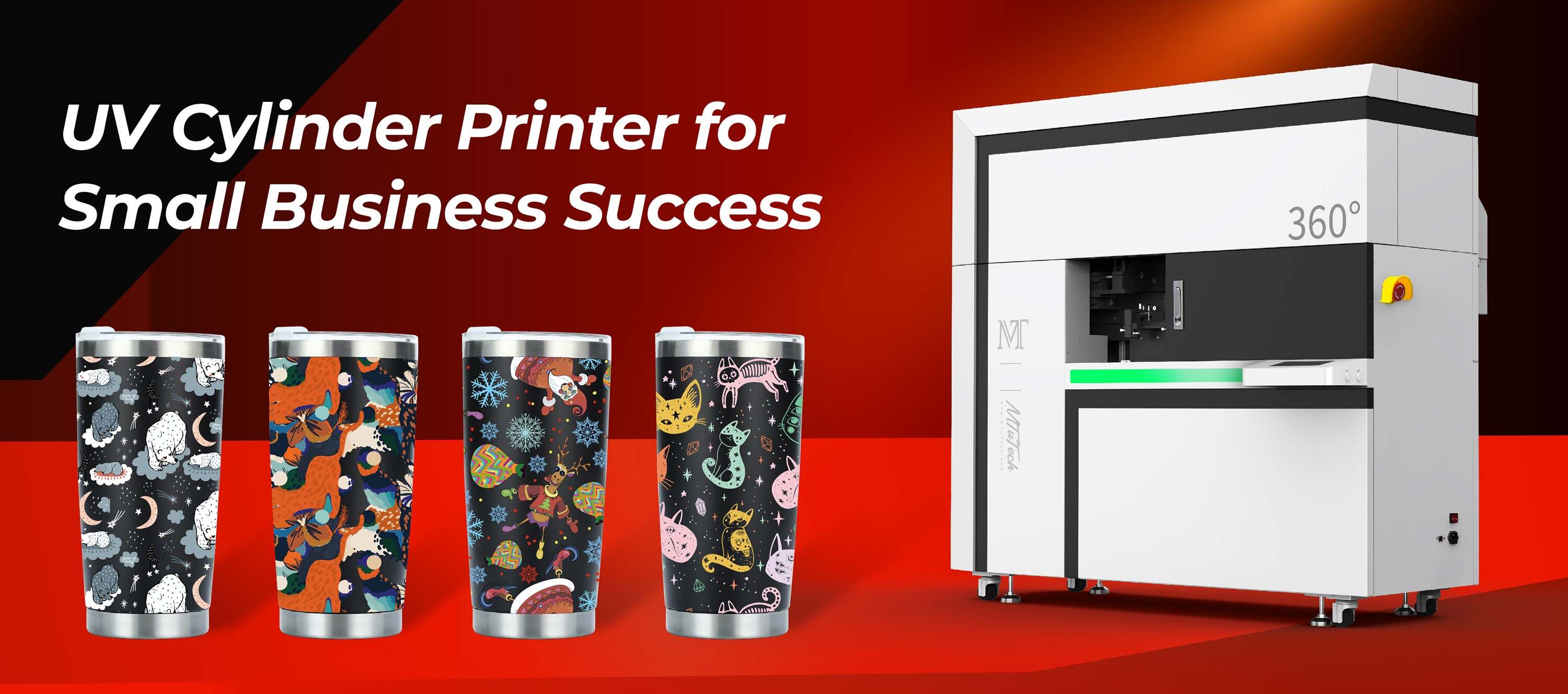UV Printing for Cylindrical Electronic Enclosures and Casings
Introduction
In today's fast-evolving technological landscape, the demand for customized electronic enclosures and casings is paramount. One significant advancing printing technique, UV printing, is revolutionizing the production of cylindrical electronic enclosures. UV printing not only provides vibrant colors and intricate designs but also offers durability and versatility suitable for modern applications. This blog delves into the many facets of UV printing specifically for cylindrical electronic enclosures and casings.
What is UV Printing?
UV printing is a digital printing technology that involves the use of ultraviolet light to cure or dry the ink as it is printed. Unlike traditional solvent-based inks, UV inks are cured instantly, resulting in a quicker production process. The ability to print on various substrates, including plastics, metals, glass, and more, makes UV printing exceptionally versatile.
Benefits of UV Printing for Cylindrical Electronic Enclosures
Utilizing UV printing for cylindrical electronic enclosures presents several advantages:
·
Accelerated Production Speed: The quick curing process allows for rapid production cycles, making it ideal for time-sensitive projects.
·
·
Exceptional Print Quality: UV printing can achieve high resolution and vivid colors, making designs stand out effectively.
·
·
Durability: The curing process ensures that the ink adheres strongly to the surface, resulting in scratch and fade resistance.
·
·
Eco-Friendly: UV inks contain minimal volatile organic compounds (VOCs), making them less harmful to the environment.
·
·
From matte to glossy finishes and a variety of textures, UV printing allows for a range of effects on cylindrical surfaces.
·
Key Features of UV Printing for Electronic Casings
When considering UV printing for cylindrical electronic enclosures, it is vital to understand the features that enhance its functionality:
1. Multi-Substrate Compatibility
One of the standout features of UV printing is its ability to print on various substrate materials. This flexibility enables manufacturers to work with a wide range of materials commonly used in electronic casings, including:
·
Plastic
·
·
Metal
·
·
Glass
·
·
Paper and Cardboard
·
2. High Resolution and Detail
UV printing offers astonishingly high-resolution outputs, allowing for intricate designs, logos, and branding to be accurately represented on cylindrical surfaces. The technology can reproduce fine details, ensuring that markings and labels remain crisp and clear.
3. Custom Finishing Options
With UV printing, manufacturers can explore various finishing options such as:
·
Glossy
·
·
Matte
·
·
Textured
·
·
Transparent overlays
·
These options allow for customization that not only enhances aesthetics but also provides additional functionalities, such as increased grip or reflective qualities.
4. Fast Turnaround
In high-demand production environments, speed is crucial. UV printing eliminates lengthy drying times, allowing products to be processed much faster than traditional methods. This rapid turnaround is particularly advantageous in scenarios where time-to-market is critical.
Applications of UV Printing in Electronic Casings
UV printing has a broad spectrum of applications in the manufacturing and customization of cylindrical electronic enclosures, including:
1. Custom Branding
Businesses can leverage UV printing to create unique, branded enclosures. Logos, product information, and company colors can be printed directly onto the surface, reinforcing brand identity.
2. Prototyping and Small Runs
For businesses needing prototypes or small quantities of custom products, UV printing is ideal. The technology allows for economical short runs without compromising on quality.
3. Multi-Color Designs
UV printing facilitates the use of multiple colors in a single print run, allowing brands to create visually appealing and complex designs without increasing production complexity.
4. Functional Printing
Beyond aesthetics, UV printing can produce functional elements such as textures and tactile features that enhance the user experience of electronic devices.
The Future of UV Printing in Electronics
As technology continues to advance, the future of UV printing in cylindrical electronic enclosures looks promising. Innovations in inks, printers, and curing technologies are expected to enhance capabilities further. Possible advancements include:
·
Smart Inks: Development of inks that react to their environment, such as temperature-sensitive or glow-in-the-dark options.
·
·
Automation: Increased automation in the printing process for efficiency without compromising quality.
·
·
Expanded Material Compatibility: Research into new substrates might allow for printing on other materials previously deemed incompatible.
·
Conclusion
UV printing is unmistakably redefining the customization of cylindrical electronic enclosures and casings. With its numerous advantages, including speed, versatility, and superior quality, it stands as a preferred method for manufacturers looking to innovate and meet growing market demands. As businesses work to establish their brand identity while enhancing their product designs, embracing UV printing technology will be a pivotal move. If you are interested in exploring this advanced printing technique further, explore our high-quality Cylinder uv printers here.
FAQ
What types of materials can be printed using UV printing?
UV printing can be performed on a diverse range of materials, including plastics, metals, glass, wood, and paper. This versatility makes it an excellent choice for various applications.
How durable is UV printing on cylindrical enclosures?
UV printing is highly durable, providing resistance against scratches, UV fading, and general wear and tear. This makes it ideal for electronic enclosures frequently exposed to various environments.
Can UV printing be used for small batch production?
Yes, UV printing is particularly well-suited for small batch production or prototyping. It allows for quick and economical runs without the need for extensive setup, making it efficient for custom projects.
Is UV printing environmentally friendly?
UV printing is considered more environmentally friendly than traditional printing methods as it emits fewer volatile organic compounds (VOCs) and utilizes energy-efficient curing processes.
What are the finishing options available with UV printing?
UV printing offers a wide range of finishing options, including matte, glossy, and textured surfaces, which enhance both the aesthetic appeal and functionality of the printed items.

